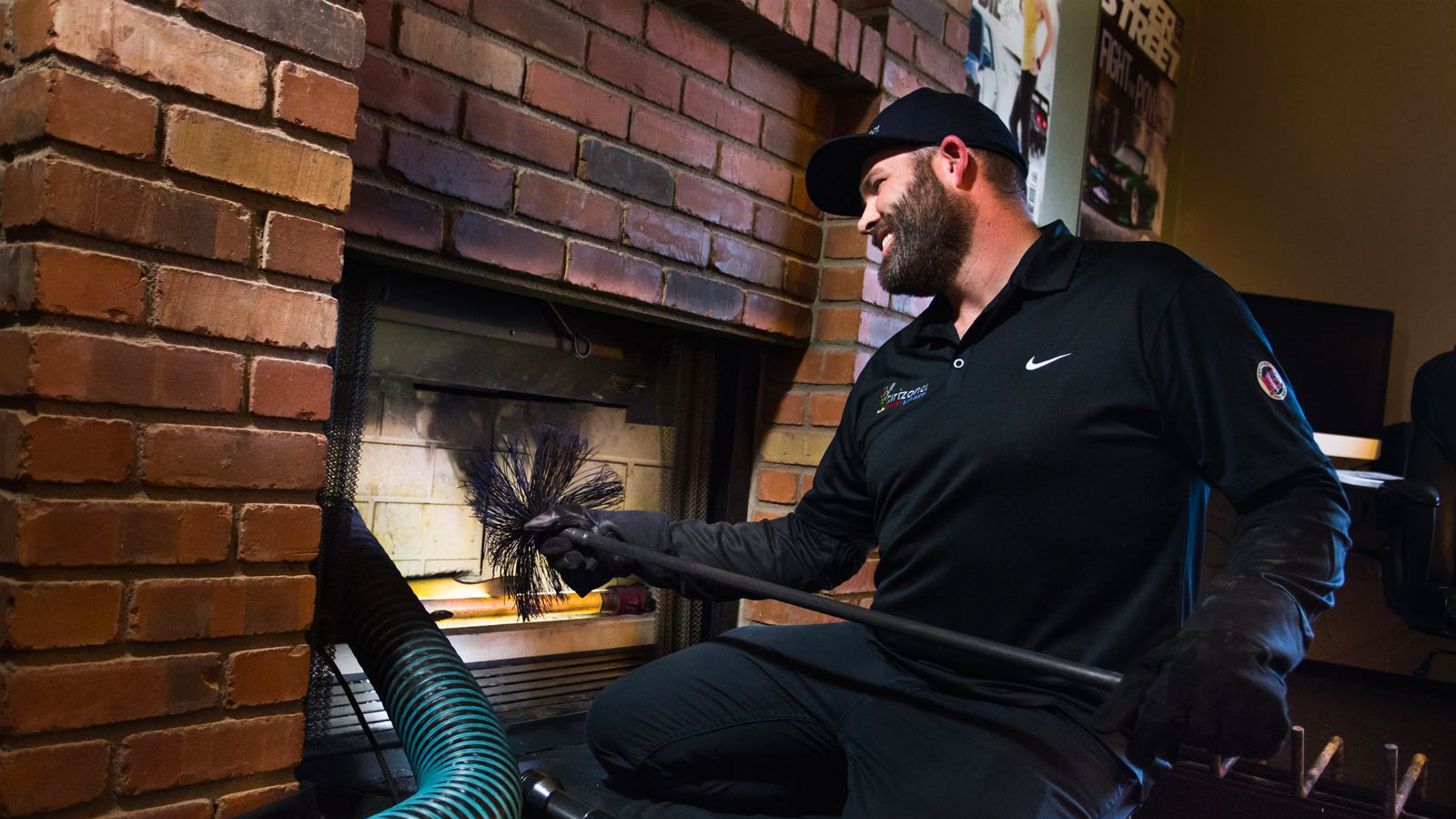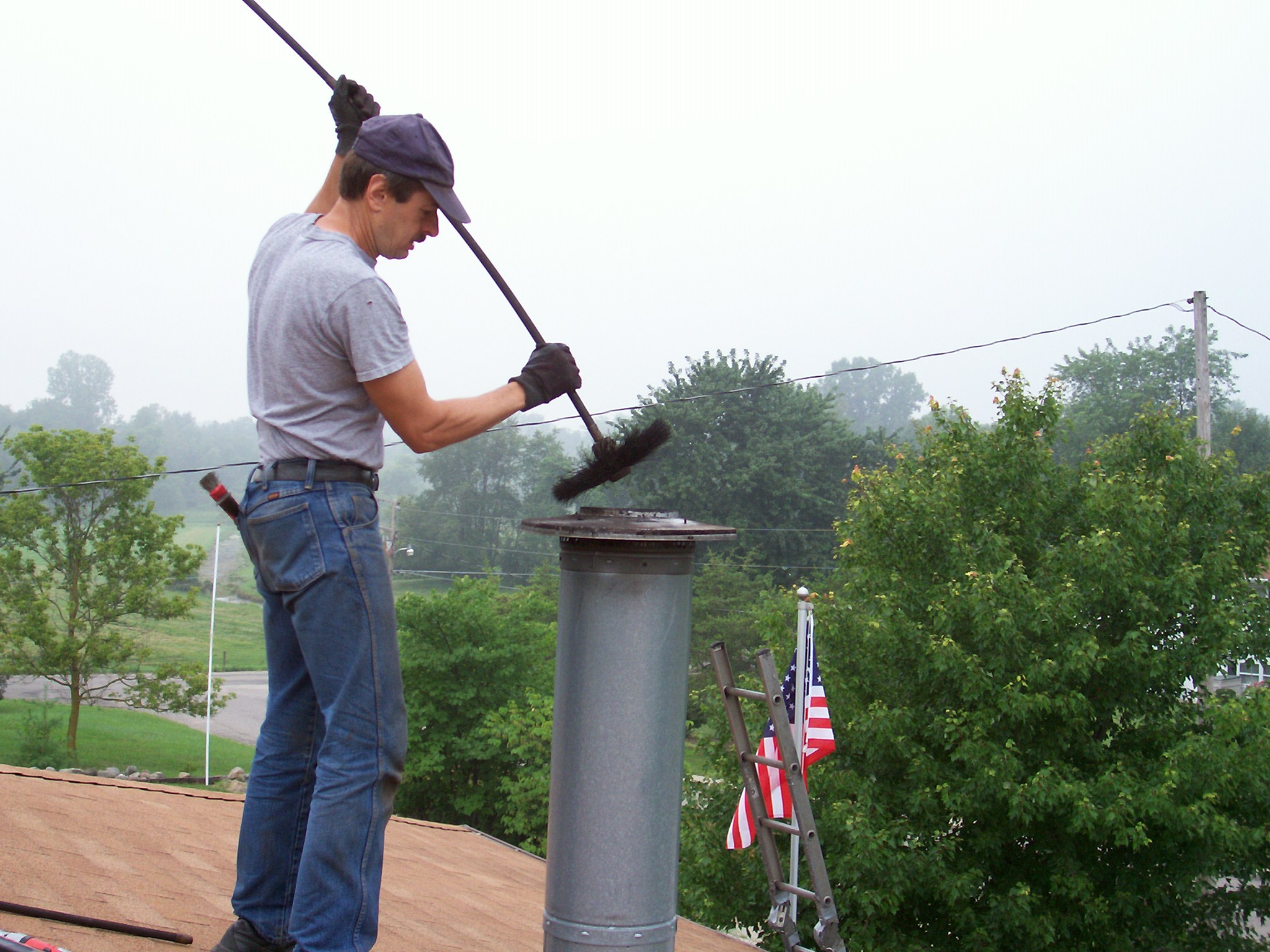Trusted Chimney Clean Company Fremont: Transforming Fire Places, One Clean at once
Trusted Chimney Clean Company Fremont: Transforming Fire Places, One Clean at once
Blog Article
Why Regular Smokeshaft Cleaning Is Necessary for Home Security
Routine smokeshaft cleansing is a commonly ignored yet important facet of keeping a safe and secure home atmosphere. While it may not be the most amazing or attractive job on your to-do checklist, ignoring chimney maintenance can have significant consequences. Normal smokeshaft cleansing can assist expand the life-span of your chimney, conserving you from costly fixings or replacements down the line.
Significance of Normal Chimney Cleaning
Regular smokeshaft cleansing is critical for preserving a risk-free and reliable home environment. Over time, creosote, an extremely flammable material, develops up inside the smokeshaft.
Along with protecting against fires, regular chimney cleansing likewise makes sure the effective operation of your furnace. When creosote collects, it restricts the airflow via the smokeshaft, leading to bad combustion and decreased heating performance. This can cause greater energy costs as your furnace functions harder to preserve the preferred temperature. By routinely cleaning the smokeshaft, you can enhance the air flow and make best use of the effectiveness of your heating unit.
Additionally, a tidy smokeshaft advertises excellent indoor air top quality. As the chimney ends up being clogged up with creosote and particles, it can hinder the proper venting of dangerous gases, such as carbon monoxide gas. These gases can leak into your home, posing a significant wellness risk to you and your family. Regular chimney cleaning makes certain that the air flow system is clear and working properly, preventing the build-up of hazardous gases.
Fire Hazard: Build-up of Soot and Creosote
The buildup of residue and creosote inside the chimney positions a substantial fire hazard, as it can spark and trigger a possibly destructive smokeshaft fire. Soot is a black, carbonaceous material that is formed when timber or nonrenewable fuel sources are burned. It includes great fragments that can conveniently end up being air-borne and clear up inside the smokeshaft. In time, these fragments gather and develop a layer of residue. Creosote, on the various other hand, is a extremely flammable and sticky compound that is produced when timber or fossil gas are shed at lower temperature levels. It is a result of insufficient burning and can abide by the internal wall surfaces of the chimney.
Both soot and creosote are highly flammable. When a fire is lit in the fire place or oven, the heat and flames rise up the chimney. These compounds can create a chimney and spark fire if there is a considerable buildup of residue or creosote. The intense heat created during a smokeshaft fire can create the chimney to fracture or collapse, resulting in a possible home fire. In enhancement, the fires and sparks from the smokeshaft fire can escape with the smokeshaft cap and fire up the roofing system or bordering combustible materials.

Normal chimney cleansing is necessary to get rid of the buildup of soot and creosote and lower the threat of a chimney fire. An expert chimney sweeper will certainly make use of customized brushes and devices to extensively cleanse the smokeshaft, eliminating any type of built up particles. By maintaining the chimney totally free and clean from residue and creosote, home owners can ensure the safe and reliable procedure of their fire place or stove, while also protecting their home from the dangers of a chimney fire.
Poor Air Flow and Carbon Monoxide Dangers
Not enough air flow in chimneys can position severe risks of carbon monoxide gas poisoning. Carbon monoxide (CARBON MONOXIDE) is a colorless, unsmelling gas that is created when gas such as wood, gas, or oil are melted. When chimneys are not effectively aerated, carbon monoxide can develop and leak right into the living areas of a home, leading to possibly life-threatening scenarios.
Among the major causes of bad smokeshaft air flow is the build-up of particles, such as residue and creosote, which can obstruct the flue and restrict the circulation of air. This this content can lead to insufficient combustion and the manufacturing of greater levels of CO. Additionally, a chimney that is not regularly cleaned up can have a build-up of various other blockages, like bird nests or leaves, further hampering the appropriate air flow of dangerous gases.
The results of carbon monoxide poisoning can be subtle and conveniently mistaken for other ailments, such description as the influenza. Symptoms might include headaches, dizziness, nausea or vomiting, exhaustion, and confusion. Long term direct exposure to high degrees of CO can result in unfamiliarity, organ damages, and also fatality.
Normal chimney cleaning and inspection are crucial in maintaining proper air flow and lowering the risk of carbon monoxide poisoning. By getting rid of any type of blockages and making sure that the flue is clear, home owners can enjoy a safe and healthy and balanced living atmosphere. It is suggested to have actually smokeshafts inspected and cleaned up at the very least yearly by a specialist chimney sweeper to ensure ideal safety and assurance.
Extending the Lifespan of Your Smokeshaft
To ensure the durability of your smokeshaft, correct upkeep and treatment are vital. Regular chimney cleansing is not only vital for home safety and security but also for expanding the lifespan of your chimney. Gradually, particles, soot, and creosote can gather inside the smokeshaft, resulting in various problems that can significantly reduce its life expectancy.
Among the primary advantages of regular chimney cleansing is the avoidance of chimney fires. Creosote, a black, tar-like substance created by the incomplete burning of wood, is highly combustible. If not gotten rid of, it can accumulate inside the smokeshaft and fire up, triggering a hazardous and potentially disastrous chimney fire. By frequently cleaning up the smokeshaft, you can eliminate this accumulation and lessen the danger of a fire.
Moreover, regular chimney cleaning additionally aids to avoid blockages. When particles, such as leaves, branches, and even little animals' nests, obstruct the chimney, it can hinder appropriate air flow and air movement. This can cause a buildup of damaging gases, such as carbon monoxide, inside the home. By keeping the chimney these details clean and clear, you can make certain correct air flow and lower the danger of carbon monoxide poisoning.
Along with protecting against fires and blockages, regular smokeshaft cleaning can likewise recognize and resolve any possible damage or damage. By checking the smokeshaft during the cleaning process, you can capture any early indicators of fractures, leaks, or architectural issues. Prompt fixings can be made to avoid further damage and extend the lifespan of your smokeshaft.
Tips for Appropriate Chimney Maintenance
For reliable smokeshaft upkeep, it is important to comply with a few vital ideas to ensure the longevity and security of your smokeshaft. These pointers will certainly not only assist you preserve the effectiveness of your smokeshaft but additionally minimize the threat of chimney fires and other potential hazards.
First of all, it is important to have your smokeshaft examined and cleaned by a professional chimney sweeper at least annually. A professional will certainly have the ability to recognize any type of prospective concerns such as creosote buildup, pet nests, or architectural damage that might present a hazard to your chimney's performance and safety and security.
In enhancement to yearly evaluations, it is important to consistently inspect and cleanse your smokeshaft's flue and cap. The flue ought to be free from any particles or obstructions that could restrict airflow or trigger smoke to support right into your home. The smokeshaft cap must be in great condition, safely attached, and devoid of any type of splits or damage to prevent unwanted guests such as birds or squirrels from entering your chimney.
In addition, it is necessary to use experienced and completely dry wood for burning in your fire place. Wet or environment-friendly wood generates more smoke and creosote, leading to a greater danger of chimney fires. In addition, avoid burning products such as trash, cardboard, or treated timber, as they can launch dangerous chemicals and harm your smokeshaft.
Lastly, guarantee that your smokeshaft is outfitted with a durable stimulate arrestor to stop embers and stimulates from running away and potentially causing a fire. Chimney Clean Company Fremont.
Adhering to these tips for correct chimney upkeep will aid guarantee the safety and security and durability of your smokeshaft and give peace of mind for you and your household.

Verdict
In final thought, routine chimney cleaning is critical for maintaining home safety and security. By frequently cleansing and preserving your chimney, you can expand its life expectancy and guarantee the safety of your home and family.

One of the main benefits of regular smokeshaft cleansing is the prevention of smokeshaft fires - Chimney Clean Company Fremont. The chimney cap must be in good problem, firmly attached, and totally free of any fractures or damage to protect against undesirable visitors such as birds or squirrels from entering your chimney
Report this page